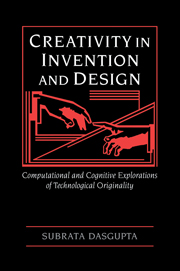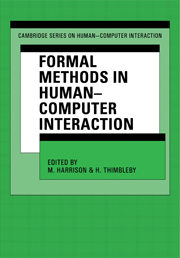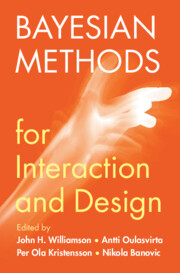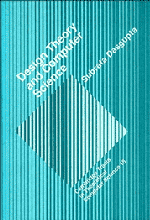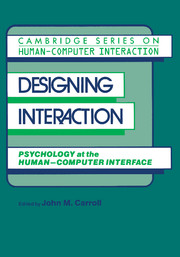Creativity in Invention and Design
Creativity is a topic that has traditionally interested psychologists, historians and biographers. Developments in cognitive science and artificial intelligence have provided a powerful computational framework in which creativity can be studied and the creative process can be described and explained. In this book, creativity in technology is discussed using such a computational approach. Using an important historical episode in computer technology as a case study, namely the invention of microprogramming by Maurice Wilkes in 1951, the author presents a plausible explanation of the process by which Wilkes may have arrived at his invention. Based on this case study, the author has also proposed some very general hypotheses concerning creativity that appear to corroborate the findings of some psychologists and historians and then suggests that creative thinking is not significantly different in nature from everyday thinking and reasoning.
- Interdisciplinary book
- Established author
- Written at a general level
Reviews & endorsements
"Dasgupta offers an interesting and successful attempt to begin the work of understanding the creative process in the mind....His enthusiasm for the subject is obvious and infectious." Choice
Product details
July 2008Paperback
9780521068895
272 pages
229 × 152 × 16 mm
0.4kg
36 b/w illus. 4 tables
Available
Table of Contents
- 1. Creativity, invention and the computational metaphor
- 2. A computational theory of scientific creativity
- 3. Maurice Wilkes and the origins of microprogramming: the historical setting
- 4. Prolegomenon
- 5. The genesis of an idea: creating the initial sketch
- 6. The evolution of an idea: from initial sketch to mature form
- 7. Eight hypotheses about the nature of inventing
- 8. Epilogue.

